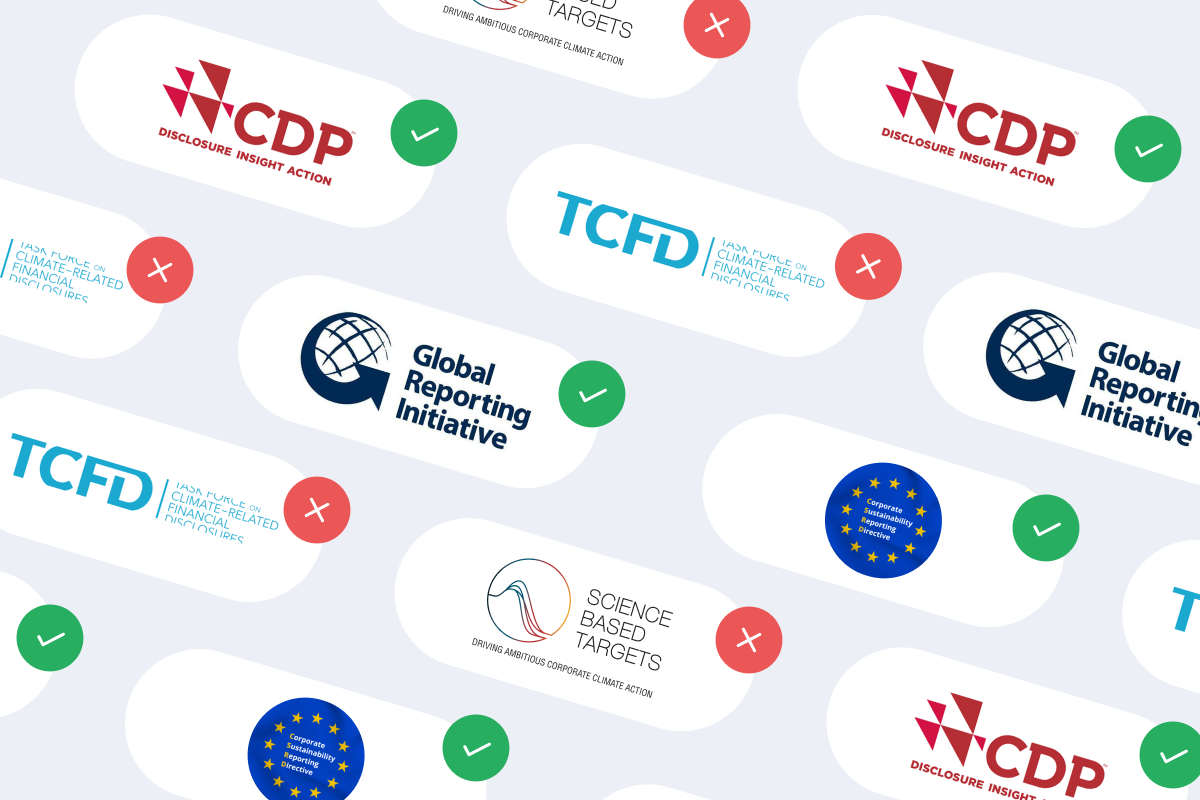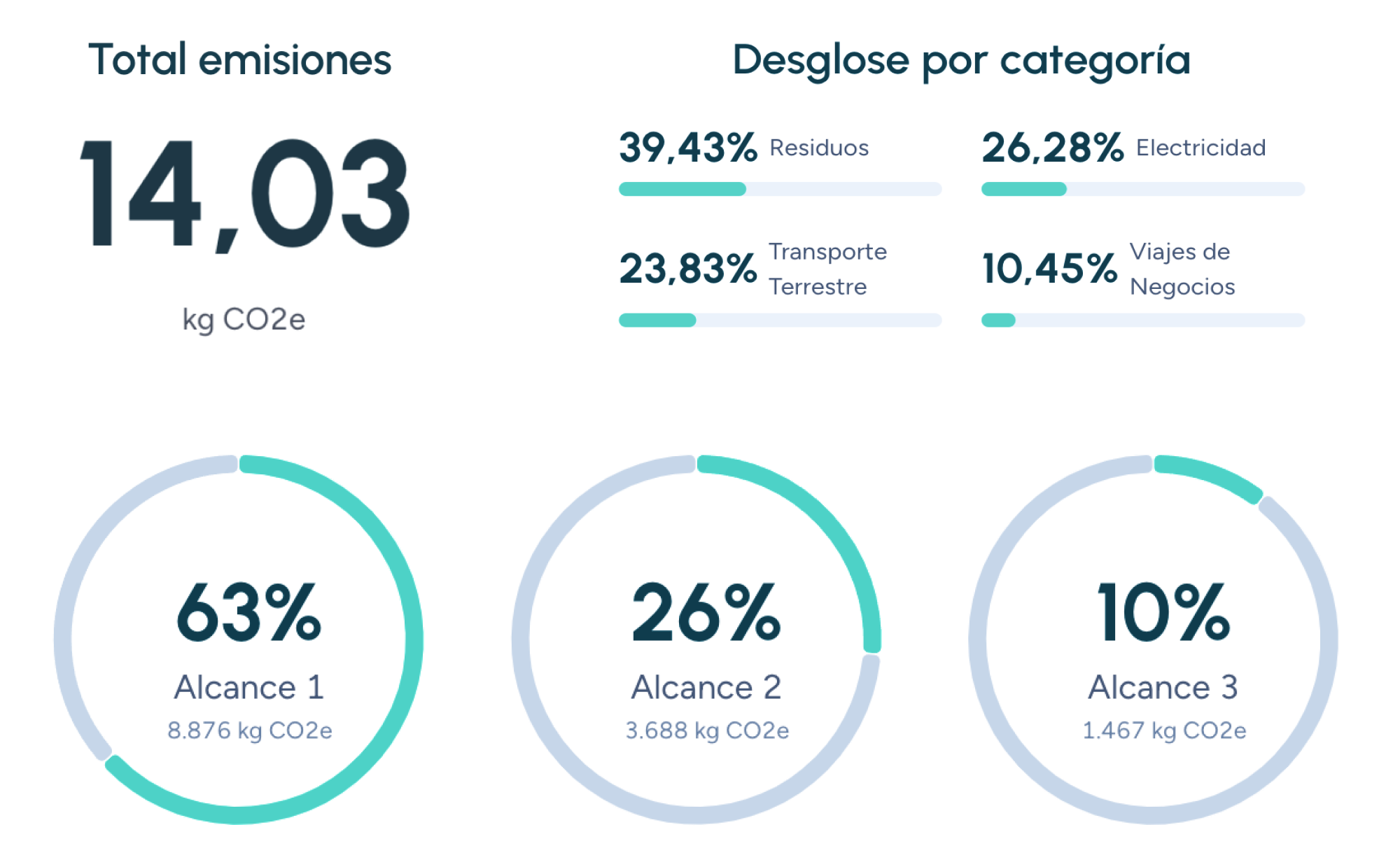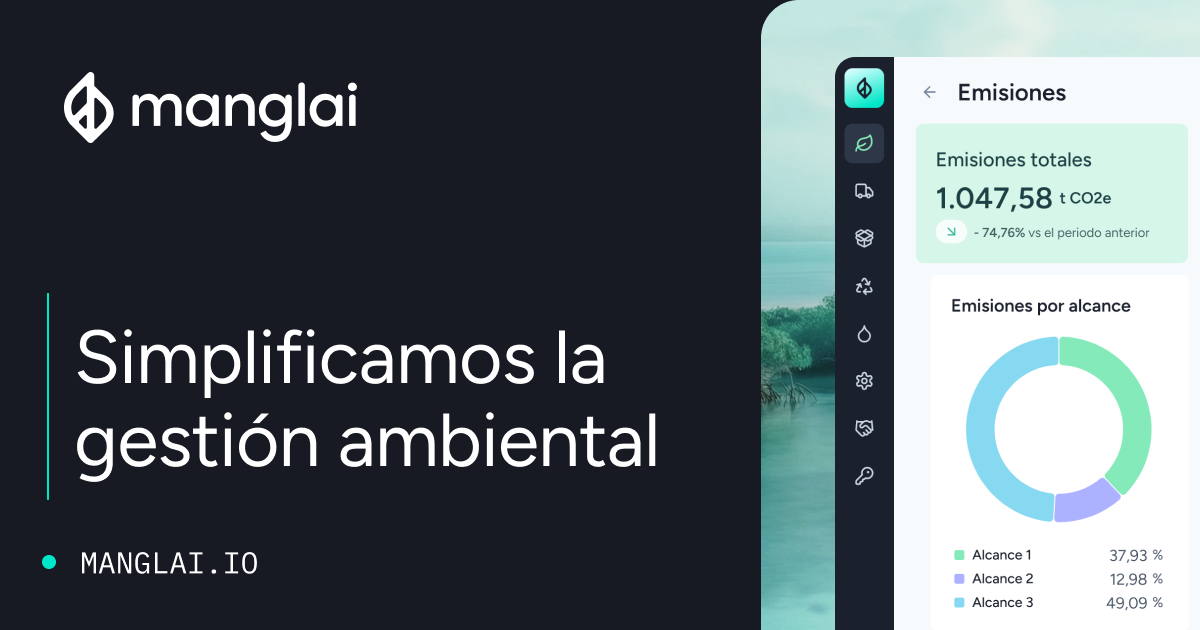S
Sustainability report
A sustainability report is an essential document for companies seeking to communicate their commitment to sustainable development and environmental responsibility. This report allows organizations to measure and disclose their environmental, social, and economic impact, serving as a crucial tool for transparency and accountability to stakeholders.
What is a sustainability report?
A sustainability report compiles and presents data on a company’s environmental, social, and economic performance. Its primary goal is to provide a comprehensive overview of corporate sustainability actions, aligning with international standards such as the Global Reporting Initiative (GRI).
Sustainability reports have become a common practice for companies committed to the United Nations Sustainable Development Goals (SDGs). In the context of environmental sustainability, a sustainability report may include:
- Carbon footprint measurement
- Decarbonization strategies
- Carbon offset projects
This report is valuable not only for investors and business partners but also for employees, customers, and society at large.
Why is a sustainability report important?
Preparing a sustainability report is more than a legal obligation or marketing strategy—it is a fundamental tool for responsible business management.
1. Transparency and trust
In an era where consumers and stakeholders demand greater transparency, a well-prepared sustainability report can strengthen trust in an organization. It demonstrates concrete actions taken to minimize environmental impact and contribute to social well-being.
2. Performance measurement and improvement
Sustainability reporting requires companies to collect and analyze data on their environmental, social, and economic performance. This process helps:
- Identify areas for improvement
- Set clear sustainability goals
- Track progress over time
3. Regulatory compliance
Sustainability regulations are evolving rapidly. In Spain, for instance, Law 11/2018 on Non-Financial Information and Diversity requires certain companies to prepare sustainability reports.
A well-structured report helps organizations:
- Comply with national and international regulations
- Undergo third-party audits for credibility
Key components of a sustainability report
For a sustainability report to be effective, it must include:
1. General company information
This section provides an overview of the organization, including:
- Mission, vision, and values
- Corporate structure
- Key products and services
- Geographic presence
2. Environmental impact
One of the most critical sections focuses on environmental impact analysis, including:
- Carbon footprint measurement (Scope 1, 2, and 3) following the GHG Protocol
- Natural resource consumption (water, energy)
- Waste management and emissions reduction
3. Social impact
This section addresses:
- Diversity and inclusion policies
- Labor conditions and employee well-being
- Corporate social responsibility (CSR) initiatives
4. Economic impact
A sustainability report should also cover financial performance, such as:
- Revenue and expenditures
- Investments in sustainable projects
- The link between sustainability and profitability
How to prepare a sustainability report
Creating a sustainability report can be complex, but following structured steps ensures a comprehensive and effective report:
1. Define objectives
Before starting, define the purpose of the report:
- Regulatory compliance
- Improving brand perception
- Meeting stakeholder expectations
2. Data collection
Data collection is one of the most critical phases. Companies must gather information on their environmental, social, and economic performance.
Tools like Manglai, which offer automated analysis and tailored recommendations, can streamline this process.
3. Analyze and structure information
Once data is collected, it must be analyzed and structured to:
- Identify trends
- Compare year-over-year results
- Establish key performance indicators (KPIs)
4. Draft and design the report
- The report should be clear and accessible, avoiding excessive technical jargon.
- Visual elements (graphs, tables) enhance readability.
5. Publish and communicate
Finally, the report should be shared with stakeholders to maximize its impact.
International standards and regulations for sustainability reporting
Several international frameworks guide sustainability reporting:
1. Global Reporting Initiative (GRI)
The GRI framework is one of the most widely used global sustainability reporting standards.
2. ISO 26000
This international standard provides guidelines for corporate social responsibility.
3. GHG Protocol
The most recognized standard for carbon footprint measurement, covering Scope 1, 2, and 3 emissions.
Prepare your sustainability report with Manglai
A sustainability report is an indispensable tool for companies aiming to lead in corporate responsibility. It enables:
- Measurement and communication of environmental, social, and economic impact
- Greater transparency and regulatory compliance
- Continuous improvement in sustainability practices
With technology-driven solutions like Manglai, businesses can simplify and optimize their reporting process, ensuring accuracy, auditability, and alignment with global standards.
Companies that trust us

Climate risk disclosure
Discover what climate risk disclosure is and how companies assess their environmental impact and communicate it to stakeholders. Learn why it matters with Manglai.
Corporate Social Responsibility (CSR)
Corporate Social Responsibility (CSR) integrates companies’ ethical commitment with their social and environmental impact, highlighting its importance in sustainability and carbon footprint measurement.
Guiding businesses towards net-zero emissions through AI-driven solutions.
© 2025 Manglai. All rights reserved
Política de Privacidad


